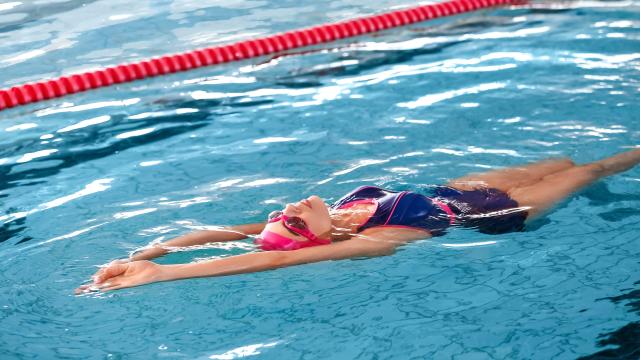If you’re just getting started with an exercise program, you know you can’t go hard every single day. Taking a day off between intense workouts is usually recommended in order to reduce fatigue and give your muscles time to repair. Not all recovery days, however, require total rest.
If you dread the idea of a completely passive rest day, here’s what to know about active recovery days, and how you can make the most of them.
What is active recovery?
Not to be confused with a cooldown after your workout, active recovery is a low-intensity activity. Both active and passive recovery are necessary to improve recovery and performance. But instead of resting on the couch all day (which can be great!), you work your muscle groups to promote recovery.
Whatever you do on your active recovery days should feel noticeably easier than your standard workouts. You want to make sure you’re focusing on the “recovery” part of all this, and that you’re not doing so much that you interfere with your main workouts.
Ideas for active recovery days
A benefit of active recovery days is the chance to incorporative activities that are different from your primary routine. For runners, this might be some light strength training; for lifters, it might mean light cardio. Examples of active recovery exercises include:
- Walking or jogging
- Swimming
- Aqua jogging
- Yoga
- Tai chi
- Cycling
- Zumba or dance
- Rock climbing
Whatever activity you choose, you shouldn’t be working at a maximum effort. Be mindful, go slow, and don’t accidentally find yourself pushing too hard.
Make sure you’re taking it easy
Part of perfecting active recovery days is learning to calibrate your own sense of effort. One person’s light jog might be another’s long run that week. Remember: The goal of this day is to give your body a break before getting back to higher levels of intensity in your training.
Active recovery days are fantastic opportunities to get a mental break from your training plan. Try something new, and listen to your body to make sure you’re not mistakenly pushing yourself too hard. And if you’re injured, in pain, or very fatigued, your body may need passive recovery instead.

Leave a Reply
You must be logged in to post a comment.